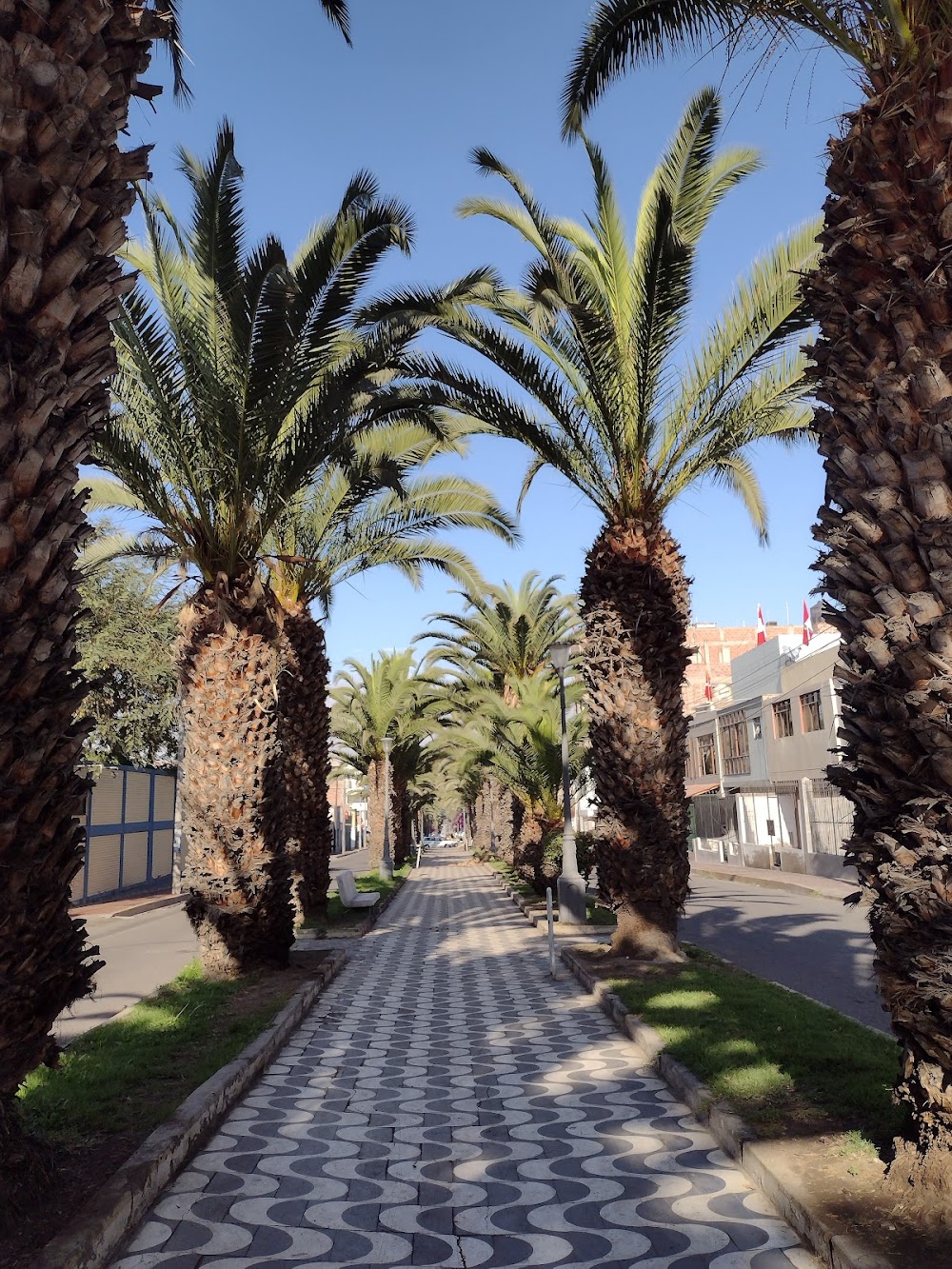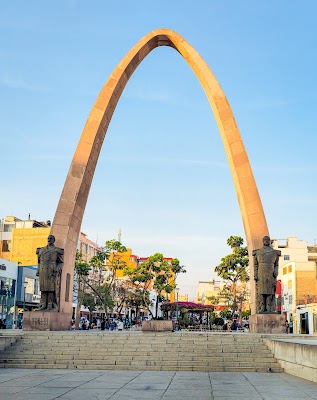Miculla Petroglyphs (Petroglifos de Miculla)
Overview
The Petroglifos de Miculla, or Miculla Petroglyphs, are a captivating archaeological art site located near the city of Tacna in southern Peru. These ancient carvings, etched into the surfaces of large stone slabs, provide a fascinating glimpse into the lives and beliefs of the prehistoric inhabitants of the area.
Dating back approximately 1,500 to 3,000 years, the petroglyphs were created by the early peoples of the Andean region. While the precise identity of these ancient artists remains a mystery, they are thought to be from the indigenous cultures that thrived in the valleys and mountains of southern Peru. Using primitive tools, likely fashioned from harder stones or metal, these artisans painstakingly chipped away at the surface of the rocks, revealing the lighter-colored stone beneath.
The imagery carved into the rocks of Miculla is diverse and complex, depicting scenes from daily life, spiritual rituals, and the natural world. Visitors will encounter illustrations of animals such as llamas, snakes, and birds, along with dynamic human figures in poses that suggest movement and interaction. Some scenes illustrate hunting or community gatherings, while others appear more symbolic, possibly representing deities, celestial events, or mythological narratives.
One of the most intriguing aspects of the Miculla petroglyphs is the presence of elaborate geometric patterns and shapes. These designs may have served various purposes, from maps and astronomical tools to artistic expressions. Some researchers theorize that certain patterns align with astronomical phenomena or were utilized to track seasonal changes essential for agriculture.
The location of the petroglyphs is equally significant. Nestled on the western slopes of the Andes, this area was a crucial crossroads for ancient trade routes, suggesting that Miculla might have been a vibrant cultural and economic hub where different groups exchanged not just goods, but also ideas and traditions.
Access to the site was traditionally challenging, and it wasn't until modern times that the petroglyphs gained widespread archaeological attention. In recent decades, increased interest from both scholars and tourists has led to concerted efforts to preserve these ancient artworks. The local community and government have collaborated to improve access, constructing paths and providing informative resources to help visitors appreciate the significance of the carvings while ensuring the delicate artwork remains protected.
Today, visitors to the Miculla petroglyph complex can explore a vast collection of carvings spread across a rugged and picturesque landscape. Information boards and guided tours are available, enhancing understanding of the meanings behind the petroglyphs and the historical context in which they were created. Despite these modern conveniences, standing before the ancient stones evokes a sense of time travel, allowing one to envision a vibrant and deeply spiritual culture that once thrived here.
In conclusion, the Miculla Petroglyphs serve as a remarkable window into the ancient past, preserving the stories, beliefs, and artistic achievements of early Andean cultures. Their preservation ensures that future generations will continue to marvel at and study these enigmatic symbols, keeping the legacy of Peru's early inhabitants alive for years to come.







